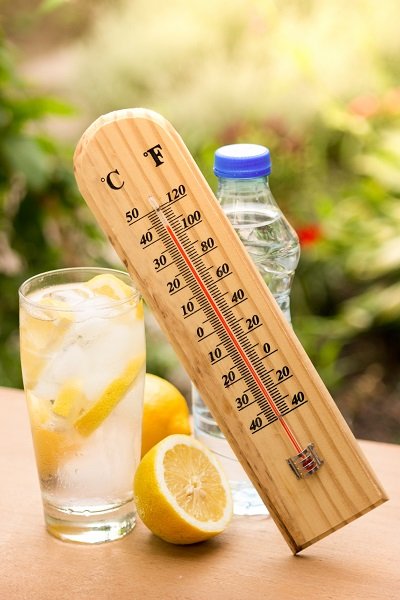
Heat Stroke and the Hazards of Working in the Heat in Texas
According to new research from University of Missouri Extension Safety and Health Specialists, agriculture workers are 20 times more likely than other workers to die from heat, but these deaths are largely preventable by providing workers with water, rest, and shade. Other industries that may pose a risk to workers include waste management, road construction, landscaping, and forestry because heat builds in the body during this type of work. Really, anyone who works outdoors during the hot Texas summer months is at risk of developing a heat-related illness.
Once the heat starts to build in the body, heat illness occurs when the body can no longer cope and both physical and mental functions start to break down. Unfortunately, heat stroke can occur at temperatures that do not appear to be abnormally high, and many heat-related illnesses are misdiagnosed in emergency rooms as heart attacks.
Signs and Symptoms of Heat Stroke
Signs of heat exhaustion include headaches, dizziness, weakness, sweat, cramps, nausea, fast heartbeat, and vomiting. Signs indicating that you may be suffering from heat stroke include convulsions, fainting, high temperature, confusion, and red, hot, and dry skin.
The Law
Federal law mandates that employers provide workplaces free of known safety risks such as extreme heat. Specifically, under the General Duty Clause of the Occupational Safety and Health Act of 1970, employers are required to provide their employees with a place of employment free from recognizable hazards which cause or are likely to cause death or serious harm to those employees.
The courts have interpreted this as a legal obligation to provide a workplace that is free of conditions or activities which the employer or the relevant industry, in general, recognizes as hazardous and that cause death or serious injury to employees when there is a feasible method to prevent the hazard. This includes heat-related hazards that are likely to cause serious bodily harm or death.
The U.S. Department of Health and Human Services and the National Institute for Occupational Safety and Health also published criteria for a recommended standard when it comes to occupational exposure to heat and hot environments. These criteria require that employers:
- Conduct a hazard assessment to determine the appropriate personal protective equipment to be used to protect employees from hazards identified in the assessment;
- Record certain work-related injuries and illnesses;
- Provide potable water; and
- Train people onsite to adequately render first aid, in the absence of medical facilities within close proximity.
First Aid and How to Prevent Heat-Related Illness
The University of Missouri specialists provide five basic suggestions to avoid heat illness:
- Drink water every 15 minutes;
- Rest in the shade to cool off;
- Wear a hat and light-colored clothing;
- Keep an eye on others; and
- Acclimate yourself to heat gradually instead of all at once.
Do You Have a Case?
If you got sick or were injured and your employer failed to have heat stress safety procedures in place, train you on working in extreme heat, and/or provide you with appropriate rest breaks and/or water in order to prevent heat-related illnesses, you may have a case.
If you have suffered from a heat-related illness, our work injury attorneys will investigate every detail related to your accident and help determine if you can bring a claim against your employer. Contact us today to schedule a free consultation.

 (713) 221-6800
(713) 221-6800 
